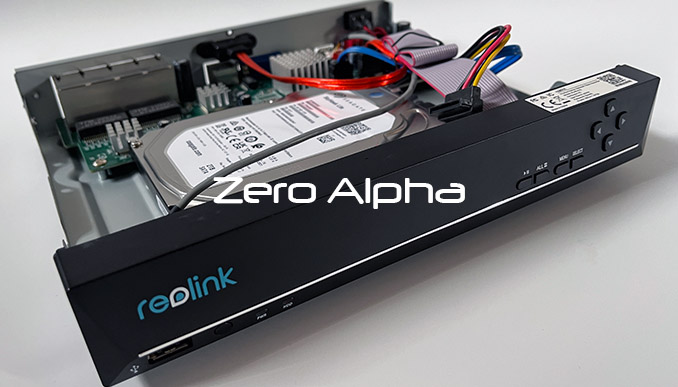Reolink CCTV NVR Hard Drive Data Recovery
In the realm of surveillance systems, Reolink has gained recognition for its advanced CCTV (Closed-Circuit Television) solutions, featuring Network Video Recorders (NVRs) as a core component. However, even with cutting-edge technology, unforeseen circumstances may lead to data loss on the hard drives integrated into these NVRs. This article explores the challenges associated with Reolink CCTV NVR hard drive data recovery.

-
Hardware Failures: One of the primary challenges users face is hardware failures within the NVR. Hard drives, being mechanical components, are susceptible to wear and tear. Over time, the constant read and write operations may result in a physical breakdown of the hard drive, leading to data inaccessibility.
-
Corrupted File Systems: File systems play a crucial role in organizing and managing data on hard drives. When the file system becomes corrupted due to power outages, abrupt shutdowns, or other unforeseen events, it can render the data on the hard drive unreadable. Recovery in such cases requires specialized tools to reconstruct the file system and retrieve the data.
-
Accidental Deletion or Formatting: Human errors, such as accidental deletion or formatting of data, remain prevalent challenges in data recovery. Users may inadvertently erase critical footage or initialize the hard drive, leading to irreversible data loss. Recovery efforts often involve scanning the drive for remnants of the deleted data and attempting to reconstruct the file structure.
-
Firmware Issues: NVRs utilize firmware to control and manage hardware components. Firmware corruption or outdated firmware versions can disrupt the proper functioning of the NVR, making it difficult to access stored data. Addressing firmware-related issues requires expertise in flashing or updating firmware without compromising data integrity.
-
Password-Protected Drives: Security measures like password protection can pose a significant hurdle in data recovery. If users forget or lose the password to access the NVR's hard drive, recovering the data becomes an intricate process that often involves circumventing or bypassing the security protocols without compromising the stored information.
-
Complex Data Encryption: To enhance security, some Reolink NVRs employ advanced encryption techniques to protect stored data. While encryption is crucial for safeguarding sensitive information, it adds complexity to data recovery efforts. Decrypting the data without the original encryption key demands specialized knowledge and tools.
Conclusion:
Reolink CCTV NVRs offer robust surveillance solutions, but challenges in data recovery may arise due to hardware failures, corrupted file systems, accidental deletions, firmware issues, password protection, and complex data encryption. Overcoming these challenges demands a nuanced approach, involving specialized skills and tools to navigate the intricacies of the hardware and software components. As technology advances, data recovery solutions will likely evolve, but users must remain vigilant in adopting preventive measures and seeking professional assistance when faced with the complexities of recovering data from Reolink CCTV NVR hard drives.